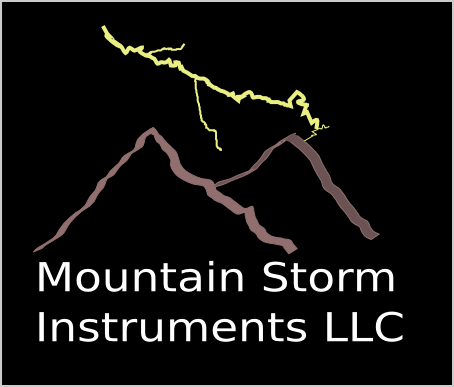… and what it took to get ready.
Here’s a link to the event LA NBIF 2012 and here’s the link to the announcement on the companies website: MSI NBIF event.
It was an absolutely crazy few weeks trying to get ready for the event. In about three weeks I got the brochure, website, white paper and most of the demo ready for the event. I’ll follow up a bit more on my thought on marketing prep. in another article.
So what is the NBIF ? Our small town of Los Alamos being over populated with PhD’s holds a science, innovation, and art fair every year. It’s mostly a family event to introduce children to the fun and exciting side of those subjects. So why was I there with my company you might ask ?
Well for one, local entrepreneurs are invited to show off their next big idea to the town and there’s always the chance that someone at at the lab might fight the business products interesting. The other big reason is it gives a hard deadline to get a booth ready and talk to people about the products. It’s sort of a dress rehearsal if the business lasts long enough to get to a real show.
So what was this years demo and how what was different from last year ?
This year we had two HSUSB systems attached to lightning sensors as we did last year. What was different this year was we had the new python Matplotlib based GUI, which allow for real time configuration and data viewing of HSUSB DAQ system. The program was also sending the data to a webserver. One station was directly connected over USB to the demo notebook, the other was connected to a TS-7552 embedded ARM microcontroller and communicating over TCP/IP to the host control program running on the notebook. An apache webserver was running and had a PHP page for collecting the last 30 minutes of event data from the two stations, correlating coincident events and plotting their locations. We also had uCDAQ v1.0 hardware platform running a basic websever with the FreeRTOS real time tasks listed on a webpage.
The purpose of this years demo was to show that the systems were capable of detecting an event, reducing the data, and sending the data to a webserver for processing on the network. Unfortunately, I didn’t have the time to get uCDAQ sending data to a webserver. The other unfortunate thing that happened was that I was using a simple threshold discriminator to detect the event and then find the peak. Well, this year, the NBIF people decided to run all the power off a generator which was about 40 ft. from the booth. So mostly what I saw was noise from the generator that was swamping the test signal.
As for booth locations, they managed to put our booth right next National Instruments booth. I did feel a bit apprehensive at first about the placement, but I then I realized NI has much better branding then I do, and perhaps I would catch the people after they finished with the NI booth.
At last year’s show I only had business cards to hand out and had a hard time convincing people that I wasn’t selling the lightning sensors. This year, I had my brochures and marketing material showing that I was selling a core that could be customized for many applications. Feedback from the visitors was a bit better as well. Most of them seemed to understand that this system could help a customer get their sensor on the web quickly. Last year people were more impressed by the shiny extruded aluminum box then any of the system specs. I ended up handing out about 30 brochures.
The result one week later is: 0 phone calls, and 0 discernible web traffic to the new site. Hmmm…..
I hope I get a chance to go to the show next year, but unless I actually start to sell products, it’s very unlikely I’ll even be in Los Alamos by next September.
